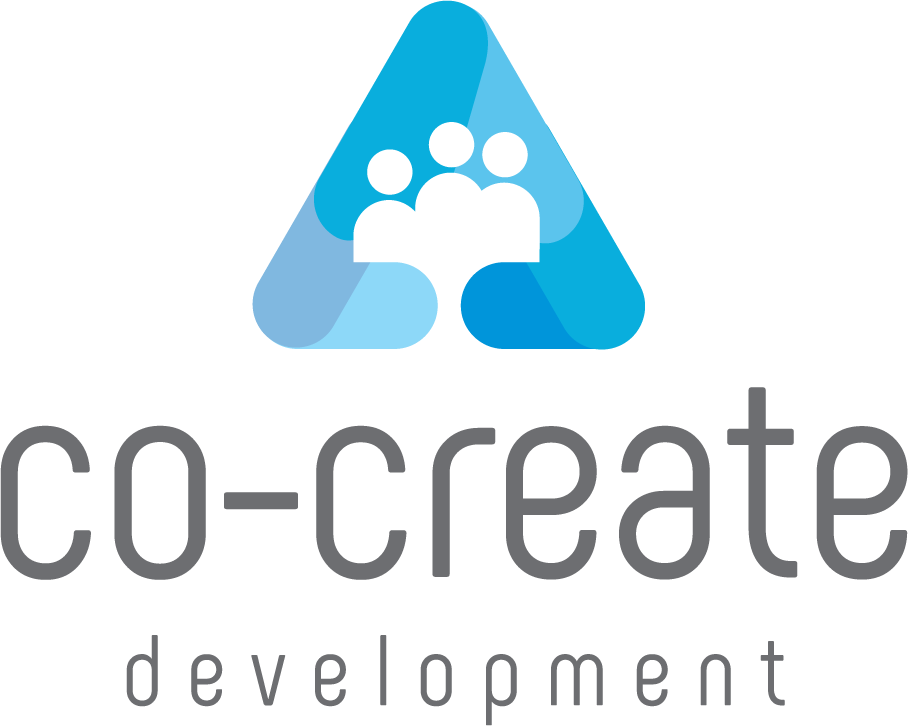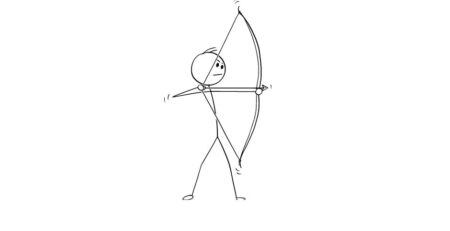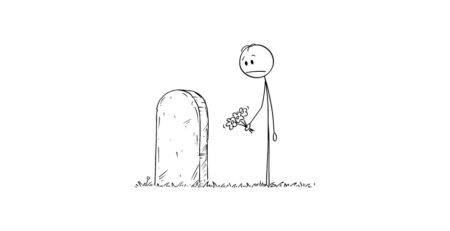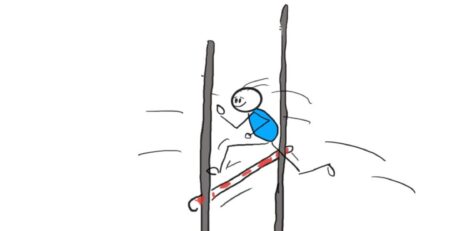Team-traps: when teams dig their own traps with conflicts
This post will focus on how conflicts can easily become team-traps. The term team-trap was coined to refer to a phenomenon that prevent a team from performing at its best. These are mostly in a team’s blind spot: teams may very well not be aware of how these phenomena sabotage their performance.
It is a fact that teams have conflicts. Not only a fact, but something to be grateful for. As teams learn to handle conflicts through facing conflicts. (If they learn so, unfortunately several teams get stuck in a stage where conflicts emerge, but the team cannot find the right and effective way to handle them.)
So having conflicts may as well be positive. This statement might be difficult to digest if you have never had the experience of working in a team which through facing several conflicts learnt to handle them. This can create a totally different quality in teamwork. But how can conflicts become team traps then? Let us take a look. Do not expect a full list, these are just some examples of conflict-generated team traps.
When the team pretends that there is no conflict
This is especially typical when the leader does not fancy conflicts, and his/her own behaviour “suffocates” conflict. Leader’s behaviour always impacts how the whole team operate (if you are familiar with the term fractal, imagine the leader’s behaviour as a fractal reappearing in the team’s everyday operation.) Team members start avoiding conflicts, as the norm in the team is to sweep them under the carpet, and that’s where conflicts stir slowly. What is dysfunctional about this phenomenon?
- On one hand, precious energy of the team is lost, as energy is channeled into putting out the fire of conflicts. The team could as well invest this energy elsewhere, in more constructive endeavors.
- On the other hand, conflicts are not being resolved: like an untreated wound it poisons the team’s everyday operation, and the infection can easily burst out.
What can we do about it?
- Leaders need to get support in changing their paradigm from “conflicts are bad and to be avoided” to “conflicts taking the team forward”. The latter also implies the leader facing and enduring such emotionally heavy situations longer. Hence, they do not jump out of them quickly and there is a chance of conflict evolving and getting resolved. Conflict must evolve in order to be resolved.
- Team members can also learn to face conflicts instead of running away from them and they can learn to move towards solutions.
When the team members convince themselves that the conflict is only about two of the members
If there is a conflict in the team that is quite rare that it only concerns two people. On the surface it may seem so but
- Tension between two team members clearly impacts the whole team and becomes an issue for the entire team.
- All team members contribute to the conflict in their own way. The contribution of some is more active, while others contribute by staying passive and avoiding the issue. It is not likely that the issue that concerns two and creates tension, only concerns the two members in question. Not taking a side, not expressing an opinion also counts as a contribution.
What can we do about it?
- Make team members aware of their own contribution to the conflict at hand.
- Strengthen feeling of accountability in team members especially when it comes to important issues on a team-level. (Lack of team level accountability is also a team-trap. You can read about it in our previous blog post.)
If the team does not handle the conflicts in the right way
What I mean is that conflicts are handled but in such a way that team members get hurt, the quality of the connection between members deteriorates. For instance, when conflicts are handled in such a way that big eats small, i.e. whoever is louder and harsher wins.
What can we do?
- Teach the team conflict solving techniques.
- Support the person who normally facilitates team discussions (it can be an agile coach, scrum master or a team leader) and strengthen his/her facilitation skills. A facilitator’s toolbox may include so many useful elements to support collective decision making, plus these tools do so in such a way that all participants feel OK and that they are part of the decision.
When conflict is not addressed on the right level
Conflicts are typically symptoms of the system or the system’s dysfunction. The following model is based on systems thinking and I applied it to team conflicts. In the next blog post you can read about the details, but for the time being, let us just suppose that conflicts can be handled on several levels and solutions to conflicts can be generated on different levels.

What can we do?
- Take a deeper look, look beyond the actual conflicts: what recurring elements are there? What are the patterns? What is the structure or mental model generating/maintaining the conflict?
If your team has also got stuck in the team-trap of conflicts, do not give up, there is hope. Some teams can get out of the trap on their own. But if you cannot afford the time it takes or you cannot do it by yourselves, it is worth considering turning to a team coach.
Tamara Szabó
OD consultant, trainer, coach (MCC), team coach










